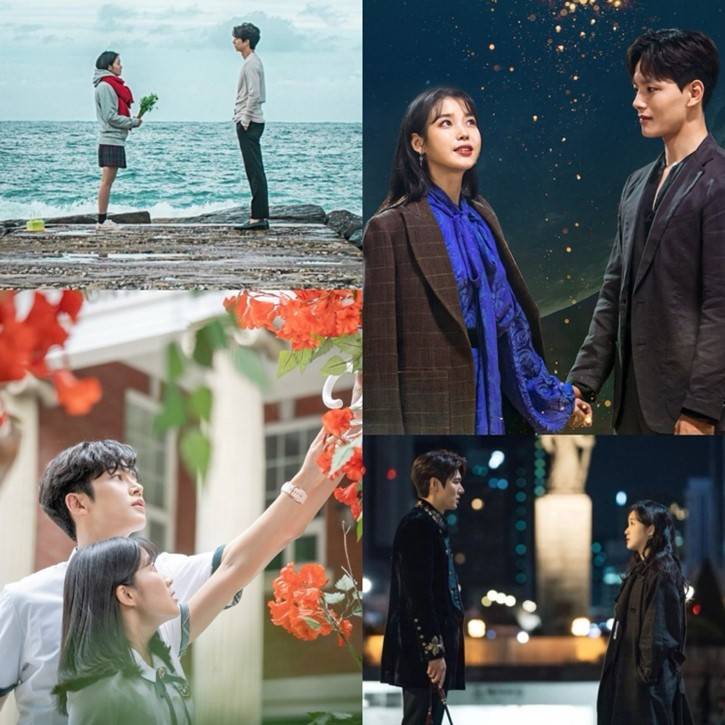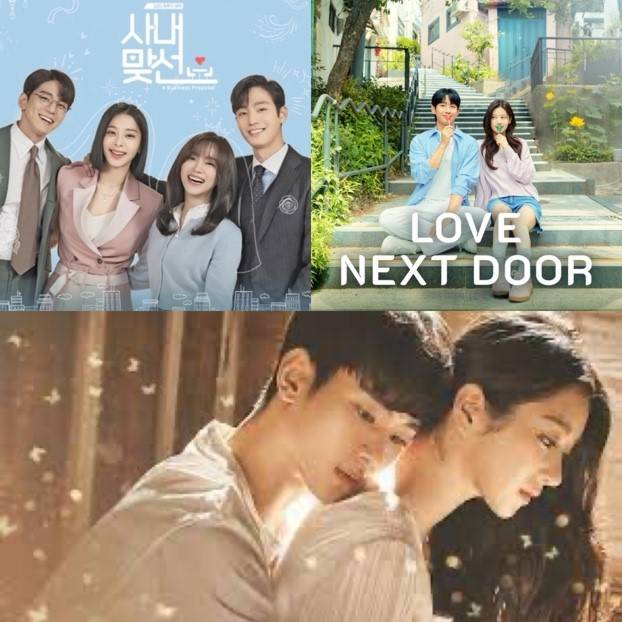
What you need to know about Korean dramas (K-Drama) is a bit of Korean culture. After all, they are more than just entertainment: more a window to South Korea’s heritage. K-Drama’s ability to seamlessly integrate Korean cultural elements into compelling plots has made them something more, from gripping drama to a heartwarming slice of life.
If you’re after thrilling doses of adrenaline, action/thriller K-dramas will have you in your feelings. My Name takes you into a revenge-crazed world where the protagonist is a high school student Ji-woo, whose father is killed. She looks for justice as she makes her way into a criminal underworld. Gyeongseong Creature combines brutal, thrilling action scenes with horror to present a dark experience about the worm-like monster Najin. Of the world's most internationally recognised, Squid Game is a survival thriller K-drama that makes viewers ask how far 456 contestants in debt would go to survive children’s games to win 45.6 billion won.
Hitting quite high notes, these don’t just tackle pulse-pumping action but delve deeper into the subjects of morality and identity, too. In Hellbound, we see questions of judgment and explore how the monstrous angels and death prophecies of humans play out, and Narcos Saints revolves around characters who are surrounded by pure crime and the drug trade to face moral dilemmas. Life and death shine through the fantasy in these thriller/actions K-dramas while exploring a pulsing mix of emotional depth and action-driven story plots.

Romantic comedies are the best, if you are not into action! Welcome to Samdalri and Hometown Cha-Cha-Cha meld love and humour in the lovely heights of a beautiful small village and how life works with cozy scenery, warm food, and overcoming past mistakes. Once these K-dramas are not on your binge-watching list, you’ve got to ask yourself: what are the joys of romance, and why are community and personal connections important?
While Business Proposal and Love Next Door are more to the urban side with a relatable workplace for everyday life, for example, It’s Okay Not to Be Okay hits a little bit deeper, tackling the important issue of looking after the disabled and showcasing the struggles of having an antisocial personality disorder.
These K-dramas are not only light-hearted but also thought-provoking, so sometimes you can even see the iconic locations, such as Wolmido Culture Street and Pizza Alvolo, where you can also taste iconic Korean food during the storytelling itself.
K-dramas are certainly more diverse in terms of the genres they offer than Pakistani dramas, where viewers focus on social issues, the Pakistani family structure, and traditional themes
In the fantasy and supernatural realm, K-dramas have great imaginative plots that go hand-in-hand with heartfelt things about love and destiny. Goblin offers an immersive, timeless tale of fate and immortality, which takes blends love, sacrifice, and breathtaking shots that bring epicness to the story.
Another visual spectacle is Hotel Del Luna, a mystical hotel for spirits who have unresolved business. In similar dramas, such as King: The Eternal Monarch and Extraordinary: You, toggle between different worlds so finely that the storylines are intertwined perfectly between the blends of time and parallel reality. Not only are they stunning visually, but they also offer some of the most fascinating insights into traditional folklore and modern Korean life.

If you are into stories that are beauty-filled, cool, and relatable, K-Drama in the slice-of-life genre is best for you as they give you every tale of love, friendship and growth. Daily Dose of Sunshine has us walking inside a hospital to hear emotional struggles and the need for healing, while Hi Bye, Mama! is a heartwarming story about loss, family, and second chances.
That is why K-dramas like Daily Dose of Sunshine and Hi Bye, Mama! touched my heart: their plots involve themes of getting emotional healing and handling the uncertain thing that is life. Mental health is still a sensitive topic that many try to avoid, but Daily Dose of Sunshine nicely avoids that trap, and seeing Jung Da-eun grow from a psychiatric nurse is very uplifting. The realism of the character and a patient’s difficulties is seen and felt, which is why this drama is easy to relate to and comforting. The focus on physical as well as mental rehabilitation is quite realistic and heartening; it is comforting to see that recovery is a process.

Hi Bye, Mama! is about Cha Yu-Ri being allowed to live again after death. As humans, the sense of unsaid things and the desire to be able to stay and reconcile with dear ones feels so incredibly personal. Seeing Yu-Ri trying to make up for her daughter, the message that has touched me most is realising how short life is and how much people should value their loved ones. This series provides an emotional yet cheerful take on grief and will make hearts heavy with sadness and full of joy with touching messages. Both dramas comfort me, not only do melodramas have deep feelings, but also the viewer feels real-life empathy.
Such Korean offerings now occupy a special niche in international cinematography, differing in the plot and the ‘flavouring’ of Korean culture and food. K-dramas are certainly more diverse in terms of the genres they offer than Pakistani dramas, where viewers focus on social issues, the Pakistani family structure, and traditional themes. Some weaknesses commonly associated with Pakistani dramas are the lack of representative, realistic and intensely emotional scripts portraying social issues and values, and presenting a moral question. There is also a lack of variation concerning the surroundings of the series and slow plots.

K-dramas are far more diverse; they can be just about any genre and blend of genres, with action, romance, supernatural elements and dramas about life itself. This variation has been made significantly to make them appeal to the international community. Due to this, the talents have been able to appeal to the hearts of diverse people. Furthermore, K-dramas are relatively more concise, and one series in general runs for 16-20 episodes, giving the viewers constant energy to binge-watch the series back-to-back without getting bored – which is not the case for longer-running Pakistani series.
Korean food is an endearing element of K-dramas. Food in K-drama is as diverse a topic as the differences between shared meals and lonely moments of reflection, putting together pieces with memories through food. In steaming bowls of noodle-y ramen, on smoky grilled barbecue, or the way kimchi dances into tteokbokki – the presence of food adds vibrancy and depth.
It is this element of comfort food that makes K-dramas so easily binge-able. The cozy, inviting setting of the intimate dining scenes gives viewers a feeling like they are at home watching TV with their family or friends on screen. Satiating that emotional hunger is what keeps viewers hooked, not just for the impending murder mystery plot twist of an episode in a series, but more importantly, those food scene feelings!
In contrast, although a traditional meal is undoubtedly mentioned in Pakistani dramas, the food does not figure prominently in the narrative structure of shows. Food has universal appeal, and K-dramas play on that, creating an environment where the audience instantly feels at home. This interpersonal relation in Korean dramas encourages the competency of the dramas. Far from being merely shows, these are a complete cultural embodiment.

